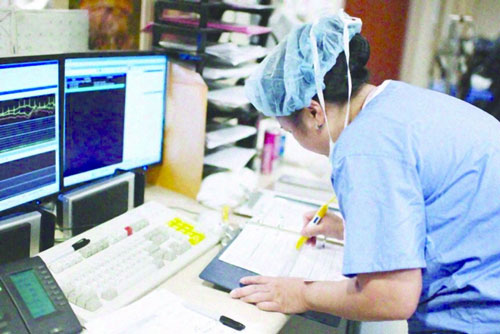Researchers have identified increases in deaths during the pandemic compared with previous years. Although this is not surprising in itself, many of these excess deaths are not due to Covid-19. The authors of a new study took a look at the demographics of this increase.
Researchers have identified the number of excess non-Covid-19 deaths during the first 3 months of the pandemic. In addition, they have linked these deaths to particular demographics.
The research makes evident the need to understand exactly why these deaths are occurring to help reduce their number as the pandemic continues.
The Covid-19 pandemic is an international crisis because of the risk of death associated with the disease, particularly for vulnerable groups. Deaths have exceeded 1.3 million globally, with older people and those with certain underlying health conditions most at risk.
However, the pandemic has also profoundly disrupted the way our societies work, largely due to the emergency measures that governments across the world have introduced.
This disruption has, in itself, put people’s lives at risk.
For example, during the pandemic’s local peaks, many hospitals have been overwhelmed by the number of people requiring critical care beds. This increased demand has reduced access for people with other critical care needs not relating to Covid-19, potentially increasing their risk of death.
Researchers in the United Kingdom have also predicted that the suspension or reduction of cancer services due to the pandemic will result in “[s]ubstantial increases in the number of avoidable cancer deaths.”
Prof. Sheldon H. Jacobson, a professor at the Carle Illinois School of Medicine, and Dr. Janet Jokela, the head of the department of internal medicine and acting regional dean of the University of Illinois College of Medicine at Urbana, have now quantified these deaths in the United States.
“We know that the pandemic is selectively taking lives. It also seems to be causing ancillary deaths that are not directly caused by Covid-19 but are a consequence of the fact that we have Covid-19 in our society, in our healthcare system, in our jobs, in our lives. We’re trying to capture those effects as data.” To investigate, Prof. Jacobson and Dr. Jokela looked at data from the Centers for Disease Control and Prevention (CDC) covering March 1 to May 30, 2020 — the first 3 months of the U.S.’s response to the emerging pandemic.
In addition to Covid-19 deaths, these data include all-cause deaths. They also contain information on the age and sex of those who died.









